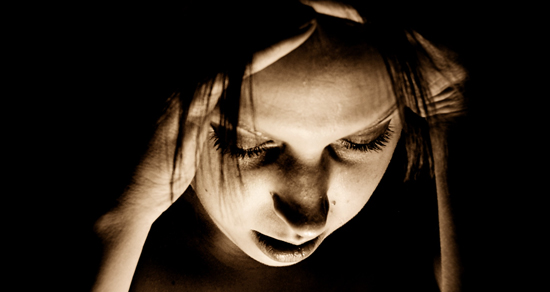Treating Hangovers Now a Billion-Dollar Industry

The morning after St. Patrick’s Day can sometimes be more expensive than the previous night of revelry, depending on the severity of one’s hangover. In fact, treating the achy, woozy symptoms of those who over-imbibe is now a multi-billion-dollar industry, experts say.
St. Patrick’s Day costs consumers an estimated $3 billion, according to a survey of over 2,300 adults by Vouchercloud.net, a retail website. Revellers each spend an average of $41 celebrating Ireland’s national day — 35% going to a bar or nightclub and 32% hosting or attending a party; the rest will be spent on their (usually green) outfits. Read Weekend Sip column: Get your Irish (whiskey) up
But hangovers are not included in that budget.
The sales of products taken for hangovers — like Alka-Seltzer Morning Relief — or ones specifically marketed for the purpose — like Blowfish for Hangovers — is estimated to reach $785 million in 2018, versus $695 million last year, according to Euromonitor. The combination herbal and dietary supplement market — including hangover treatments like PartySmart and Drinkin’ Mate — is projected to hit $1.9 billion in 2018, up from $1.6 billion last year. Adult pain relievers — over-the-counter medicines like aspirin, ibuprofen (Advil) and acetaminophen (Tylenol) — are forecast to grow from $3.7 billion in 2013 to $4 billion in 2018. “If you could actually cure hangovers, that would be a billion dollar idea,” says Christopher Schmidt, consumer health analyst at Euromonitor.
The lemon-flavored Blowfish for Hangovers tablets, launched in 2011, are marketed to treat hangover symptoms, though not to cure hangovers, an important distinction as far as regulators go. The combination of active ingredients are hardly new — 500 milligrams of Aspirin and 60mg of caffeine per tablet — but are “recognized” as effective to treat symptoms of hangovers such as headache and body aches, says Brenna Haysom, president of Rally Labs, which makes Blowfish. However, there are no drug products “approved” to cure hangovers, says Stephen King, a spokesman for the FDA.
Americans are also getting creative when it comes to treating their sore heads. “Gatorade and Pedialyte have a cult following as hangover treatments,” Schmidt says. Pedialyte ABT, -2.56% is actually marketed to treat dehydration in children with diarrhea and Gatorade PEP, -1.33% is a well-known sports drink that contains sucrose, glucose, fructose, sodium and potassium. And that doesn’t include caffeine-rich energy drinks, which are expected to grow from $12.5 billion in 2012 to $21.5 billion by 2017, according to market research group Packaged Facts.
Perhaps the most expensive and desperate hangover cures are intravenous drips, typically used to rehydrate people with influenza. There are also a growing number of clinics such as Reviv Wellness Spa in Miami, Fla. and IVme in Chicago, Ill., which rehydrate people intravenously. Although IVme also treats athletes, the clinic has a hangover IV of saline and vitamins for $119 (or $139 with oxygen). “Obviously this weekend it was almost exclusively hangovers,” says Jack Dybis, a trauma surgeon who co-founded IVme in 2012. “If you have a big business meeting the next day, it’s worth it.”
Who really pays the price?
But the bigger tab is picked up by American taxpayers due to excessive drinking that occurs throughout the year, says Dr. Robert Brewer, leader of the Alcohol Program at the Center for Disease Control and Prevention. Excessive drinking costs the U.S. more than $223 billion nationally, according to 2011 and 2013 studies published in the American Journal of Preventive Medicine. That works out at $740 per person. One caveat: This study didn’t include “presenteeism,” people who turned up for work but whose productivity suffered.
Excessive drinking is defined as binge drinking (four or more drinks per occasion for women; five or more drinks per occasion for men); high weekly use, and any alcohol use by pregnant women or those under age 21, Brewer says. However, binge drinking — which is reported by one in six American adults — is responsible for about three-quarters of these costs, he adds. “Fortunately, there are a number of effective strategies that states and localities can use to prevent binge drinking and the costs related to it.” The 2013 report suggests increasing alcohol excise taxes and limiting alcohol retail outlets.

